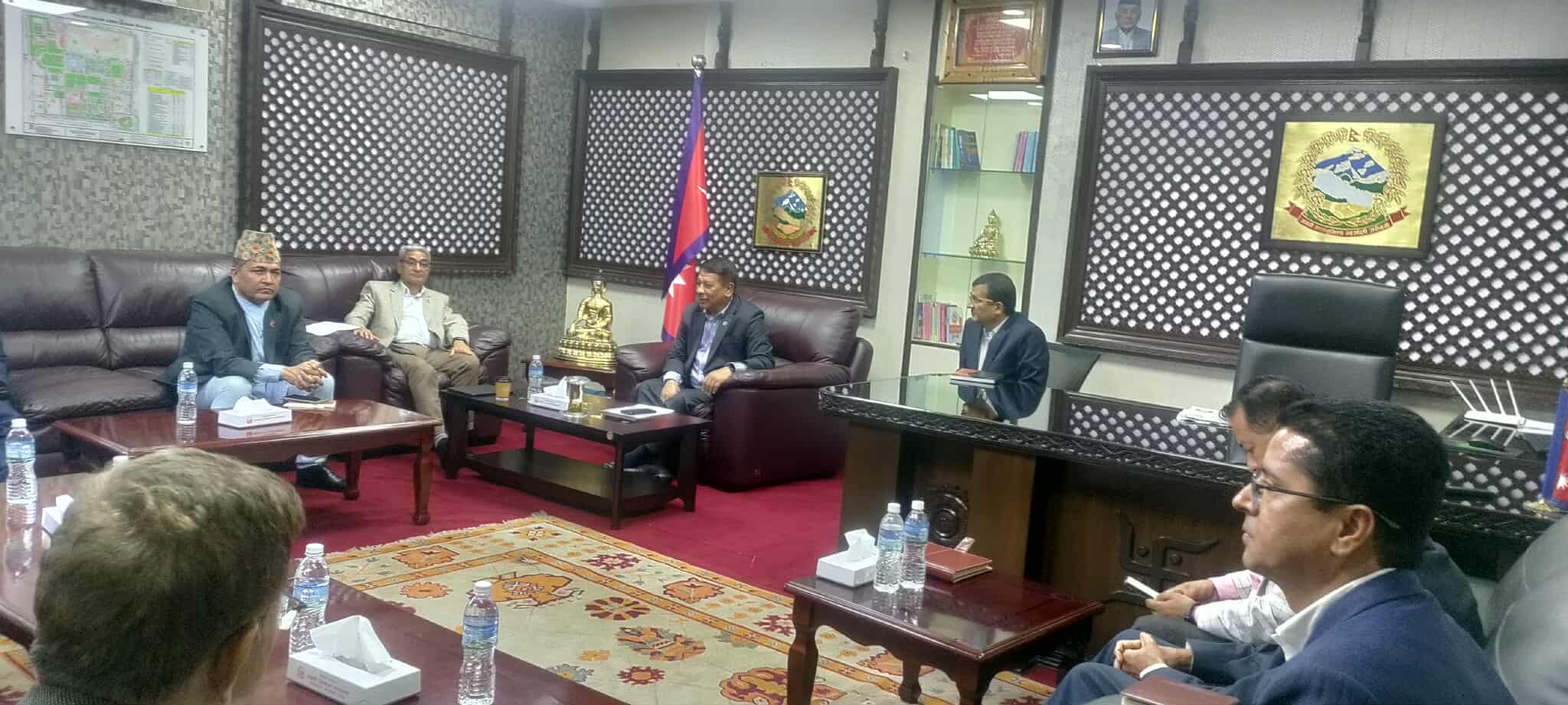KATHMANDU, June 29: In response to growing risks of monsoon-related disasters, the Government of Nepal has announced a ban on night-time vehicular movement in high-risk areas and introduced new communication measures aimed at reducing disaster-related casualties.
A meeting of the National Disaster Risk Reduction and Management Council, chaired by Acting Prime Minister Prakash Man Singh, made the decision on Sunday following several days of continuous rainfall across the country. The council stated that the move is part of a broader strategy to enhance preparedness and ensure public safety during the monsoon season.
The government will now disseminate weather bulletins and early warnings through local FM radio stations and social media platforms to ensure communities are well-informed. The Council has also directed relevant agencies to alert residents in vulnerable areas during heavy rainfall and to encourage them to take necessary precautions.
Nighttime vehicular movement restricted in Kaligandaki corridor

In addition to the ban on night-time driving in risk-prone regions, the Council has called for immediate reporting and rescue arrangements in disaster-hit areas. Agencies responsible for disaster management have been instructed to remain on high alert and to deploy response teams without delay when incidents occur.
Acting Prime Minister Singh emphasized the importance of timely and effective early warning systems in preventing disaster-related damage and loss of life. He urged all government bodies to ensure that no gaps exist in their preparation and response mechanisms. Singh also received updates from the Home Ministry, Defense Ministry, National Disaster Risk Reduction and Management Authority, and the Department of Roads regarding their current level of preparedness.
Speaking during the meeting, Home Minister Ramesh Lekhak confirmed that all three national security forces have been placed on high alert. Helicopters from both the Nepal Army and the private sector are also on standby for potential rescue operations. Lekhak added that local authorities have already been instructed not to allow vehicle movement on roads identified as high-risk based on weather forecasts. Should this directive be violated, the Chief District Officer and the final checkpoint’s police in-charge will be held accountable for any resulting incidents.
Chief Secretary Ek Narayan Aryal noted that recent weather predictions have been accurate and said all relevant agencies have been alerted accordingly. He added that weather-based early warning systems must be taken seriously and used effectively to minimize disaster impact.
These decisions come as Nepal faces increasing threats from landslides, floods, and other monsoon-triggered hazards. The government has urged citizens to stay informed and follow safety instructions as the country navigates through the peak of the rainy season.





































